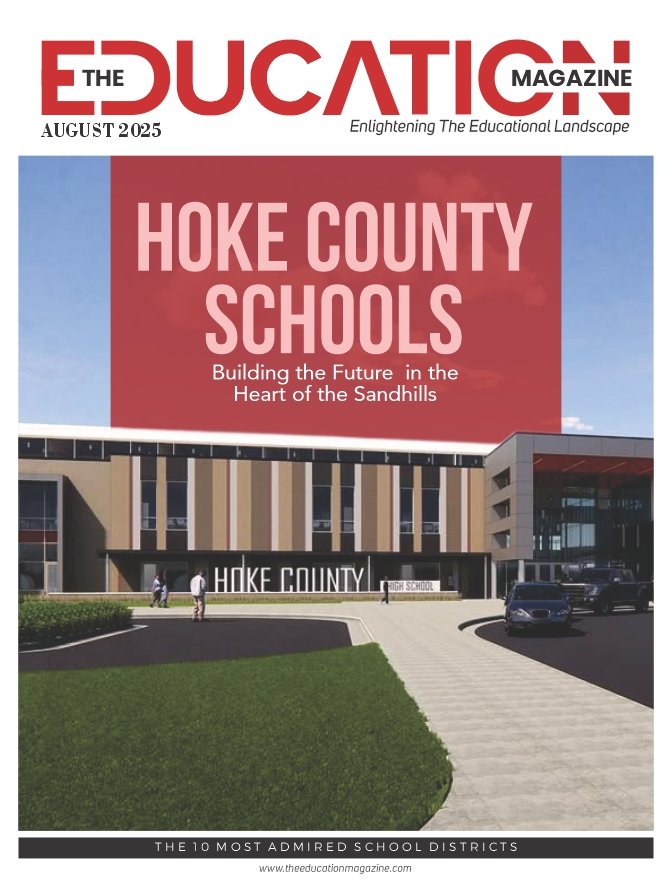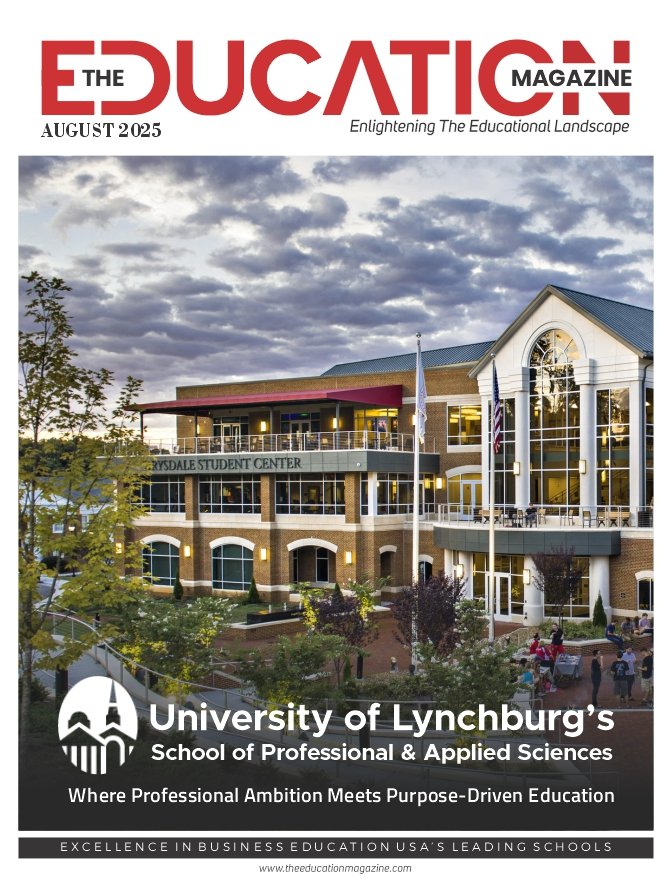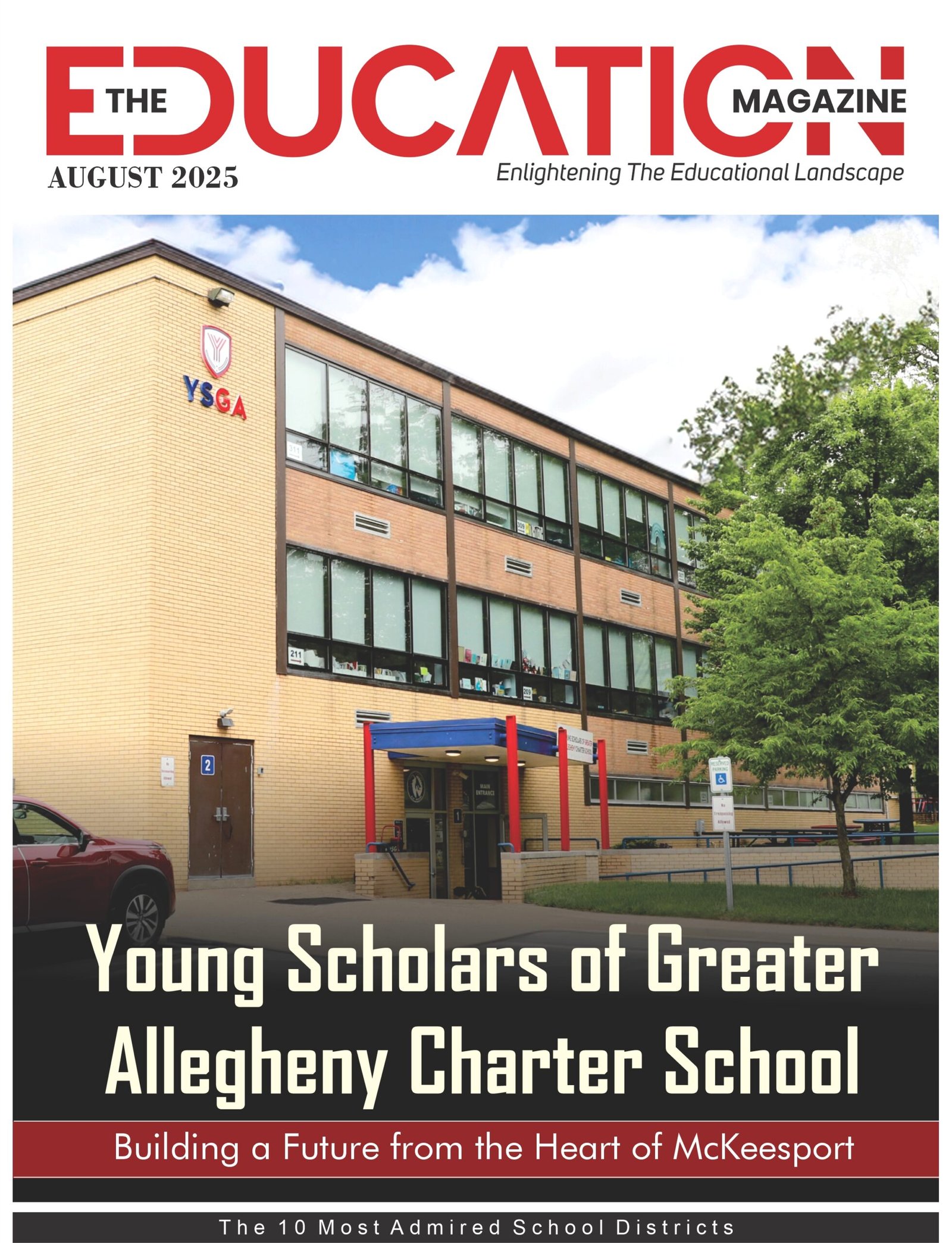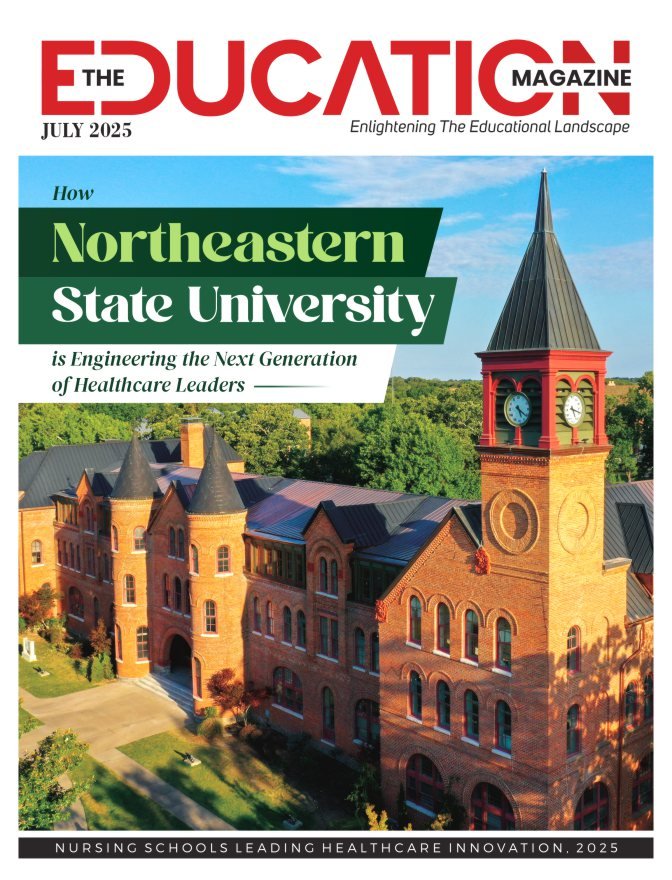Introduction
Selecting U.S. student housing is a big decision in your study abroad adventure. Sure, it looks like all you require is a room near campus that you can afford, but there’s more to the situation. A fantastic housing experience is about convenience, security, daily amenities, and community—it’s not only about where you are or how much you pay.
Numerous overseas students prioritize rent and location but are soon met with preventable problems once they settle in. From knowing your lease to preparing for realistic commute times, the small things docount.
This detailed guide dissects five very important but commonly-neglected issues you need to inspect before reserving student accommodation in the USA, particularly if you’re thinking of off-campus space.
1. Commute Time vs. Actual Travel Time
It’s simple to be deceived by how near a property looks on a map—but your daily commute experience could be considerably different.
What to Watch Out For:
- Rush-hour traffic jams: A brief 10-minute walk can turn into 30+ minutes if you’re fighting traffic lights, crowds, or dodgy public transport.
- Public transport gaps: Certain places won’t have reliable buses or trains, particularly late at night or early in the morning.
- Campus access points: Even if your building is nearby, the building may not be close to academic buildings where you spend time.
What You Can Do:
- Try apps such as Google Maps or Citymapper to trial real-time commute estimates at various times of day.
- Ask existing residents or look up property reviews regarding travel convenience.
- If you’re looking at Tampa student apartments, keep in mind that a few blocks downtown can equate to hugely different commutes based on bus schedules and road layouts.
- Considering actual commute time is one of the most realistic student housing advice, and it will save you unnecessary stress every day.
Taking real commute time into account is one of the most practical student housing tips, and it will help you avoid unnecessary daily stress.
2. What Exactly Does the Lease Cover?
It’s vital to understand your lease agreement. Even if the rent of a U.S. Student Housing seems reasonable, additional charges can rack up fast if you’re unsure what’s covered.
What to Look For:
- Utilities: Is water, gas, electricity, internet, and trash removal included in the rent? Most leases only charge for water and gas.
- Furniture: Is the unit furnished, semi-furnished, or bare?
- Maintenance: Who covers regular repairs or emergency repairs?
- Termination clauses: What if you have to go early?
Tip for International Students:
When you’re browsing U.S. student housing, never hesitate to request a complete breakdown of inclusions and exclusions. Student rentals in LA can be quite different, and assumptions can create surprises.
Consult a good student rental guide prior to signing anything, and in case you’re in doubt, contact a university housing officer or a local expert.
3. Who Will You Be Living With?
Roommate relationships are the single largest influence on your comfort, productivity, and sanity.
Types of Housing Arrangements:
- Private room in shared unit: Your own room but you’ll be sharing common spaces.
- Shared room: You’ll be sharing both living space and room with others.
- Studio/single unit: Total privacy but more expensive.
Things to Clarify:
- Is roommate matching personality-based or simply availability-based?
- Are you able to select your roommates or ask to switch if necessary?
- What is expected of you in terms of house rules? Cleaning rotations? Guest policy?
Off-campus housing is generally less structured than dorms, so more of the responsibility ends up on your shoulders and those of your roommates. Effective communication and boundary-setting are crucial at this point.
This is perhaps one of the most underrated student housing advice, yet roommate harmony can make or break your housing experience—particularly in navigating student life in a foreign nation.
4. Safety Measures and Emergency Support
Safety must never be an afterthought when selecting U.S. student housing. Various neighborhoods provide extremely varied experiences.
What to Check:
- Building security: Is the building securely locked (keycards or smart locks)? Are common areas monitored by CCTV cameras?
- Neighborhood: How high is the crime rate for the area around the building?
- Lighting: Is there good lighting from your apartment to close-by shops or campus?
- Maintenance responsiveness: How quickly does the landlord or maintenance staff respond to emergency requests?
Real Talk:
Some ads promote 24/7 maintenance, but that doesn’t necessarily mean quick response. Whether you are in Philadelphia, Miami, or Austin, ask existing residents about their experience.
A safe and responsive housing arrangement is one of the most crucial factors of cozy student apartments in the USA.
5. Amenities That Truly Add Value
Amenities can enhance your quality of life—but only if you actually use them.
Questions to Ask Yourself:
- Do you require an on-campus gym or are you happy to walk to a nearbyone?
- Are you going to use the study lounges or are they merely for display?
- Does the building provide community events that enable you to meet people?
Know the Cost:
Some amenities are included in your rent, while others are billed separately (like parking or printing services). Always check if there are hidden amenity fees in a U.S. student housing you’re planning to move into.
If you’re planning to stay in off-campus housing, prioritize amenities that align with your academic and social lifestyle. A reliable study space, for instance, might matter more than a rooftop lounge.
As noted in each considerate student rental manual, an area that accommodates your routines will automatically make you feel more stable and focused throughout the semester.
Final Thoughts
Choosing the appropriate U.S. student accommodation is not as simple as comparing your costs of rent or finding something near your university. It’s really about seeing the whole picture—what your daily life will be like, who you’ll be living with, and if the environment will help you reach your goals.
Whether you’re weighing your choices in big city centers or smaller towns, ask questions, walk through the building (virtually or in person), and always review the terms carefully.
These student accommodation tips will not only prevent you from making common errors but also make sure you are safe, cared for, and comfortable—no matter where your study abroad adventure takes you.
How can amber help you?
amber helps you secure ideal student accommodation on your study abroad journey. Having served 80 million students (and counting), amber is your one-stop shop for all your accommodation needs. Download the amber app from the Google play store or App Store to book an affordable home for your adventure.
About author
Devisha.R is a literature postgraduate who enjoys turning stray thoughts into stories. A lover of books and music, she’s often found humming a tune, swimming a few laps, or chasing the comfort of tea, naps, and a good bowl of ramen.
Also Read: International Students Are Leaving Canada: An Economic Challenge Hovering Over the Country










